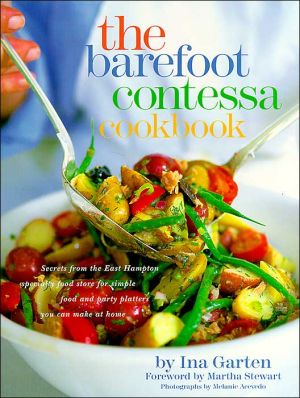Food in Colonial America
Search in google:
Simple text and photographs depict some foods and cooking techniques of American colonists. Elizabeth Young - Children's Literature This title in the "Colonial America" series presents simple text along with full-color photographs to describe how colonists ate and cooked their food. While it may be appropriate for slower readers, the reading level is quite a bit below the age at which life in colonial America is studied. Beginning with the statement that most people grew their own food, the text that follows seems disjointed and often appears to be an afterthought. While the photographs may hold the attention of readers, they may also be used as a discussion starter about items seen in each picture, what else is happening, and who is doing what, along with "Why are these people wearing strange clothes?" Another conversation can include how food and food preparation differ in today's society. Perhaps more could be learned from such discussion than from the text itself. The pronunciation guide of new words on p. 22 is baffling. It seems to be written for students with English as their second language, and not the phonetic manner of most glossaries. While it is a delightful little book, it misses the mark for its most practical audience of third or fourth graders. One of Children's Press' "Welcome Books." 2002, Children's Press/Scholastic,
1Growing Food42Hunting143Cooking164New Words225To Find Out More236Index247About the Author24
\ Children's LiteratureThis title in the "Colonial America" series presents simple text along with full-color photographs to describe how colonists ate and cooked their food. While it may be appropriate for slower readers, the reading level is quite a bit below the age at which life in colonial America is studied. Beginning with the statement that most people grew their own food, the text that follows seems disjointed and often appears to be an afterthought. While the photographs may hold the attention of readers, they may also be used as a discussion starter about items seen in each picture, what else is happening, and who is doing what, along with "Why are these people wearing strange clothes?" Another conversation can include how food and food preparation differ in today's society. Perhaps more could be learned from such discussion than from the text itself. The pronunciation guide of new words on p. 22 is baffling. It seems to be written for students with English as their second language, and not the phonetic manner of most glossaries. While it is a delightful little book, it misses the mark for its most practical audience of third or fourth graders. One of Children's Press' "Welcome Books." 2002, Children's Press/Scholastic, \ — Elizabeth Young\ \








